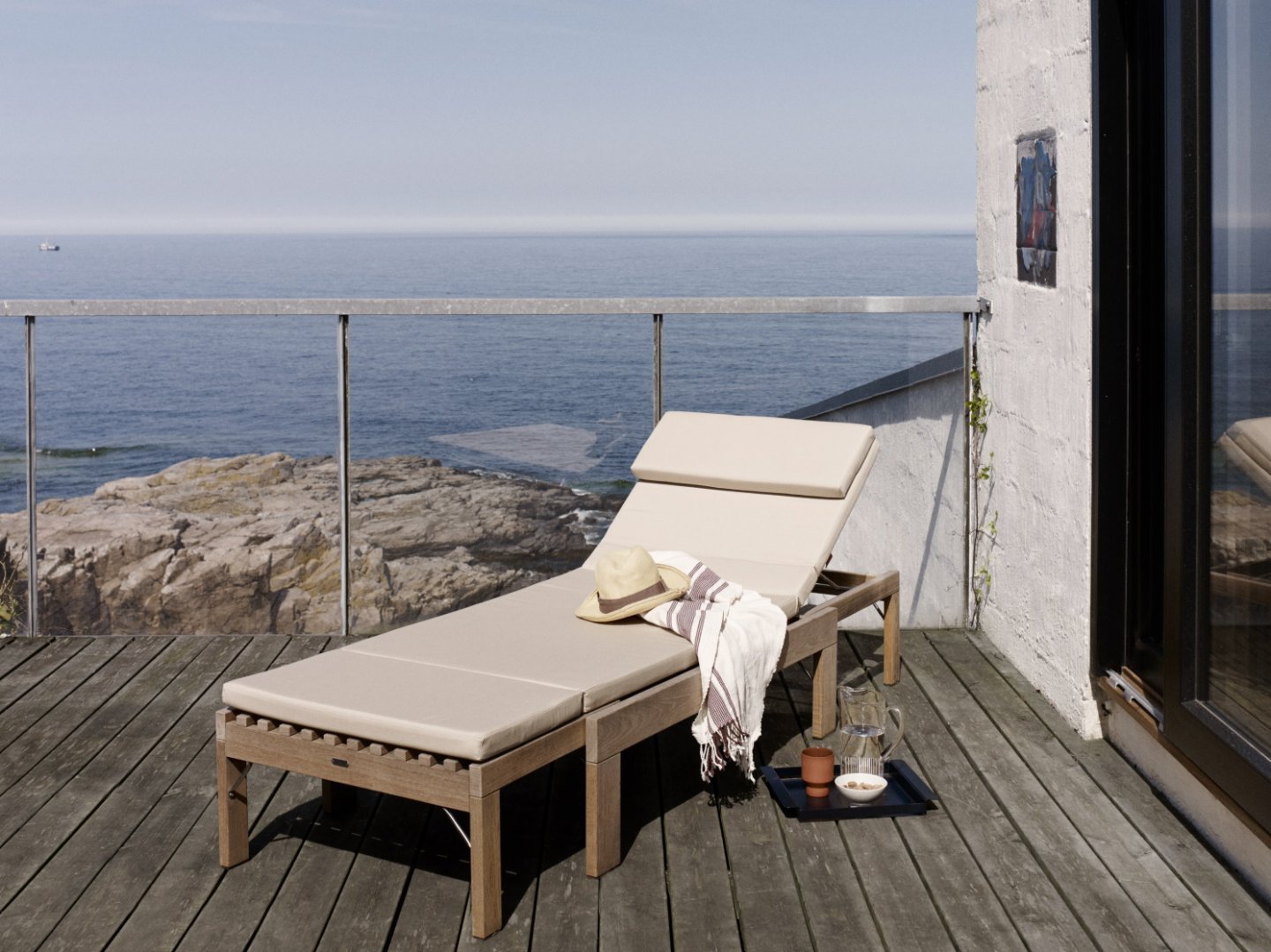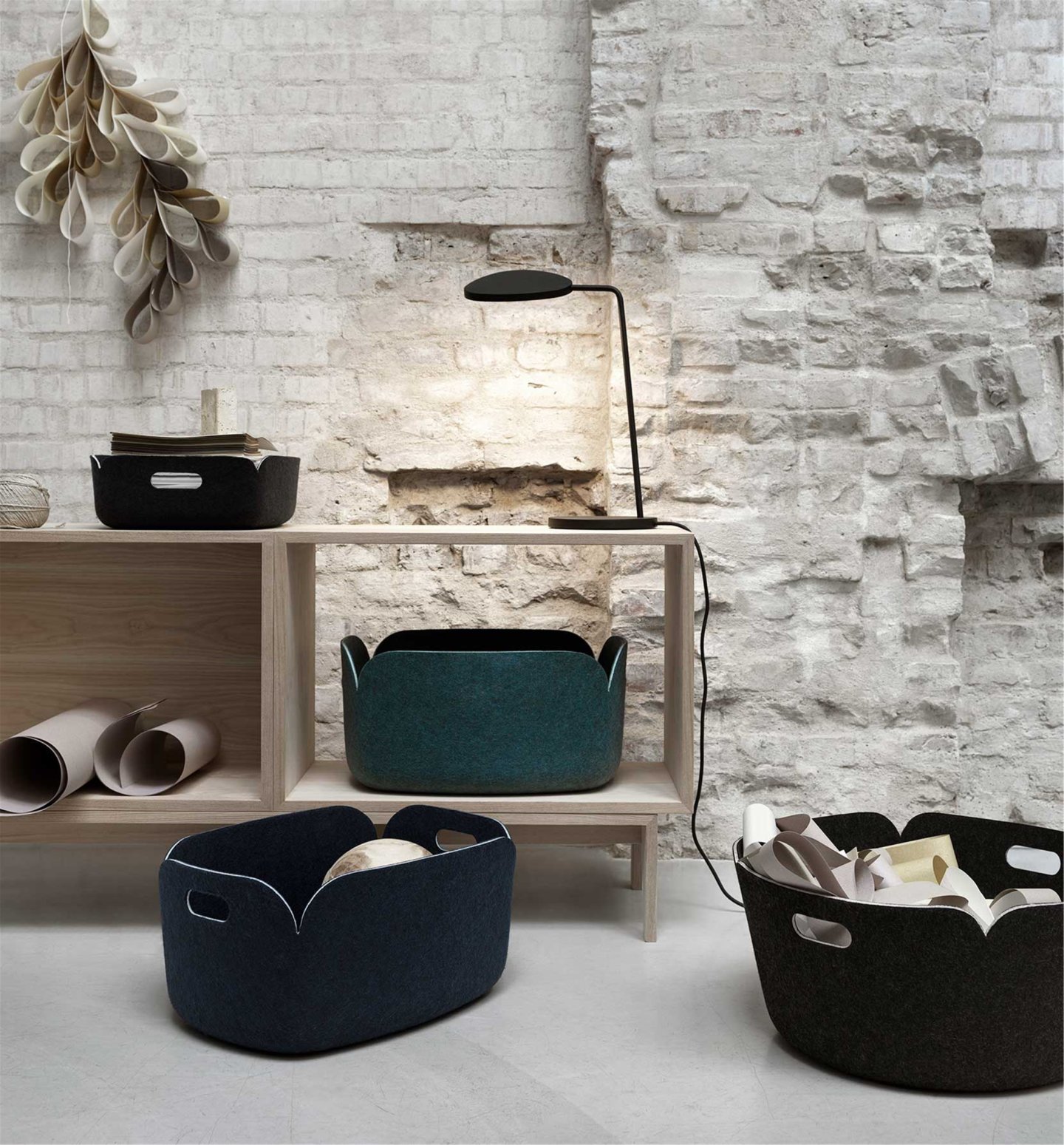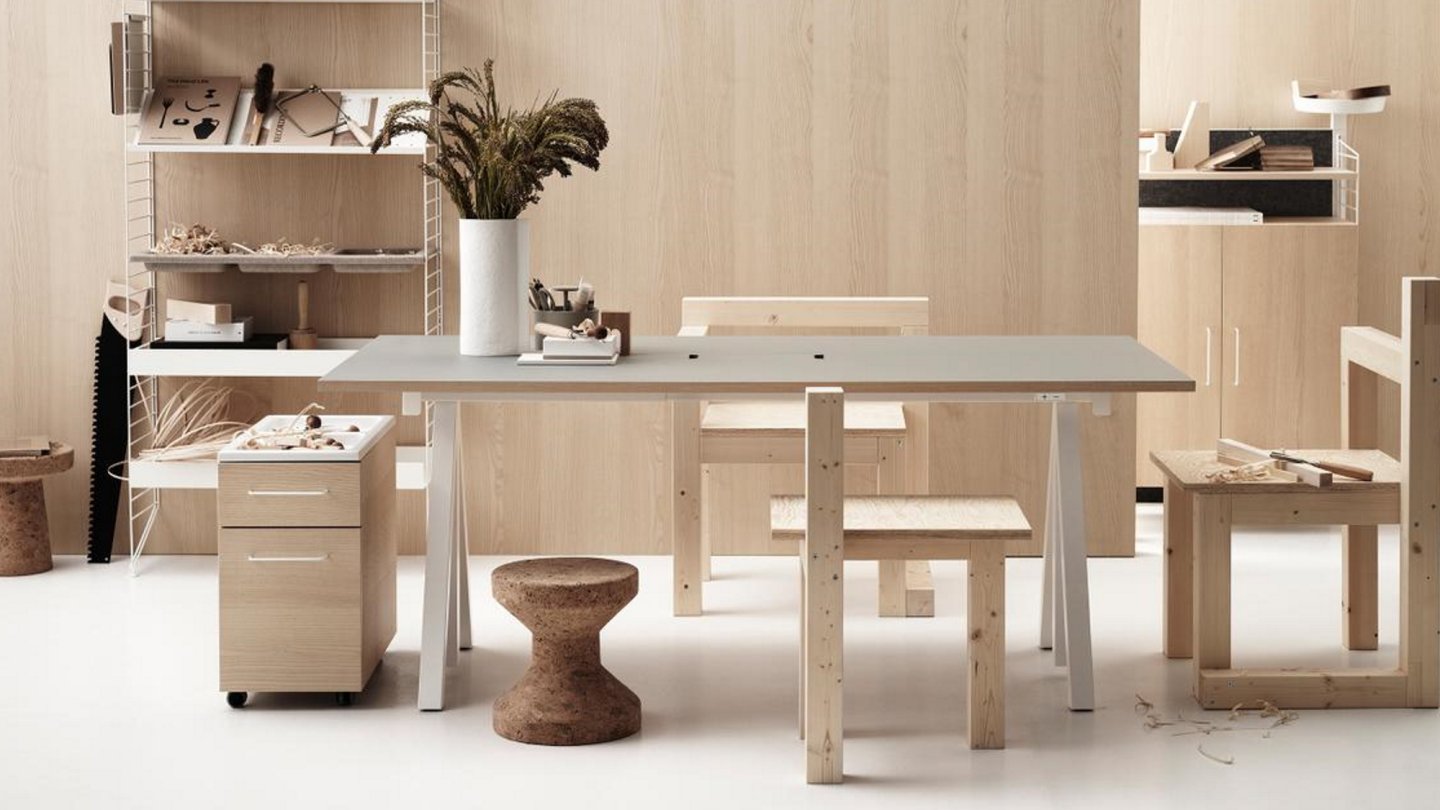
Sustainability is everywhere. In the supermarket, in the clothing closet, and slowly now in furniture stores too. Ever since new interior design trends spark new desires almost every season, the question of environmental friendliness has been raised, from the coffee table to the new kitchen light. While many people pay attention to good quality and durability when buying furniture, criteria such as organic, eco-friendly, and fair trade are often neglected in this area. However, the furniture industry offers a variety of options for planning a completely sustainable interior design. If you focus on eco-labels and follow a few "green" principles, you not only benefit the environment, but also your own attitude to life. After all, for many people, their apartment, house, and garden are their most important place of retreat and their ultimate comfort zone.
When shopping, we're often faced with the decision between organic or conventional production. Many major brands already offer eco-certified products or, for example, rely on recycled packaging. After all, many consumers are skeptical, buy consciously, and, when in doubt, prefer to do without rather than harm the environment. What options are there to counteract the looming climate crisis and actively work for an environmentally friendly future? We're confident these eco-trends have potential:
Sustainability clearly focuses on less rather than more – just like minimalism. Or is it? In contrast to the principle of sustainable production and use of various products and resources, minimalism is an individual lifestyle and relates to how one handles one's own possessions. This involves reducing one's household goods as well as consciously refraining from consumption. This is usually reflected in the interior design style. Minimalists live simply and free of superfluous things. Furniture, decorations, and everyday objects are limited to the essentials. Minimalism is always sustainable in the sense that both approaches aim at reduction and renunciation and make a conscious approach to the things that surround us a premise.

1. Sustainable Materials
Wooden furniture is generally considered environmentally friendly, but there are certain materials that have a particularly good environmental footprint. When purchasing, look for PEFC- or FSC-certified wood from local forests, furniture made from fast-growing bamboo, or recycled plastics.
2. Timeless style
Traditional manufacturers such as Vitra and USM focus on timelessness in their furniture designs rather than short-lived trends. We recommend not blindly following every hype, but always consider before purchasing whether the style will bring long-term satisfaction and whether the piece of furniture fits into your existing or expanding interior.
3. Responsible production
When it comes to furniture manufacturing, it's not just the material that matters, but also the location and production conditions. For example, the Bavarian furniture manufacturer Nils Holger Moormann produces 100 percent of its wooden designs within a 40-kilometer radius. In the interest of social sustainability, only local specialist workshops are involved in production. Thonet also produces Bauhaus classics using traditional manufacturing processes at its traditional location in central Germany.
